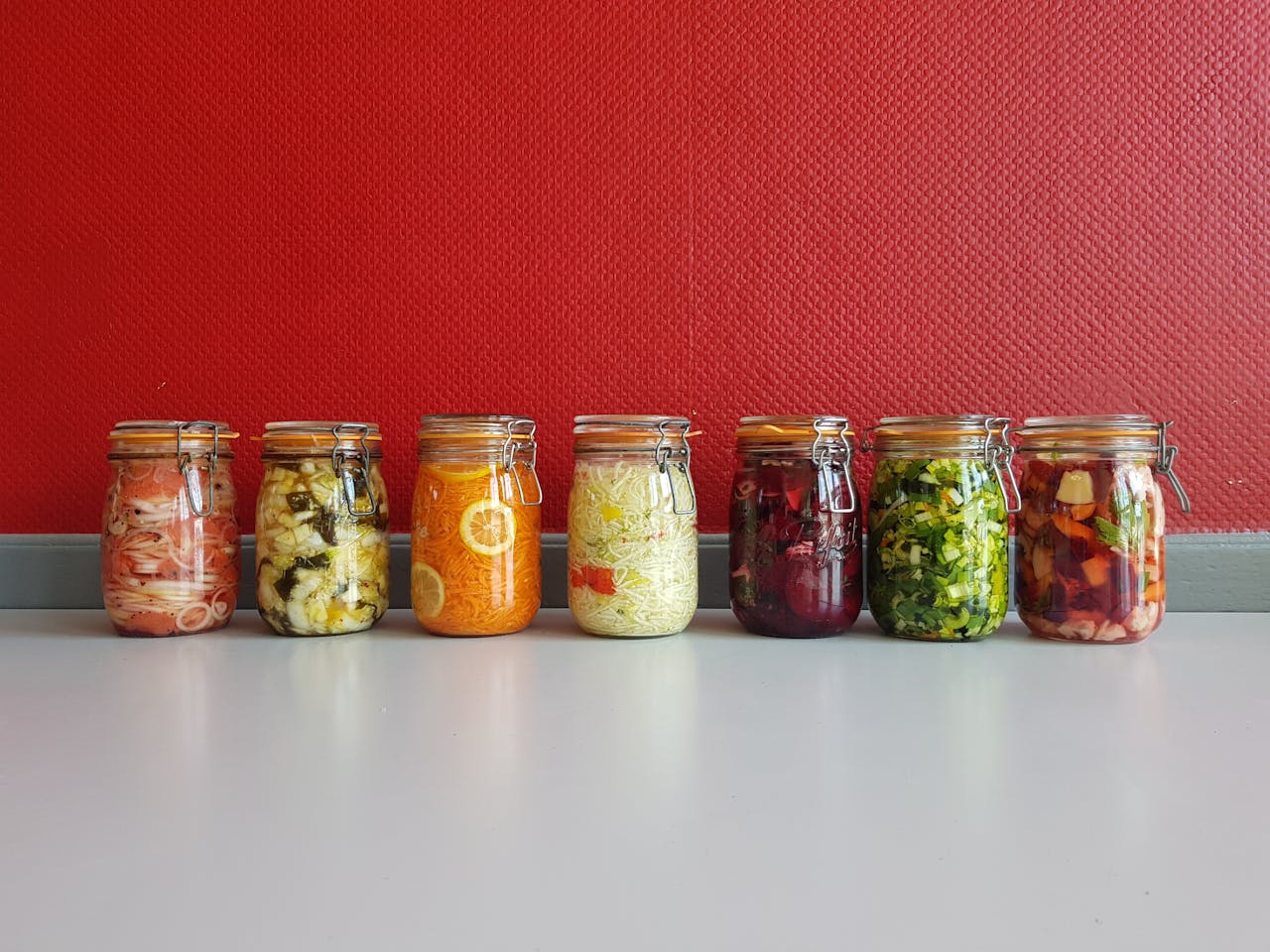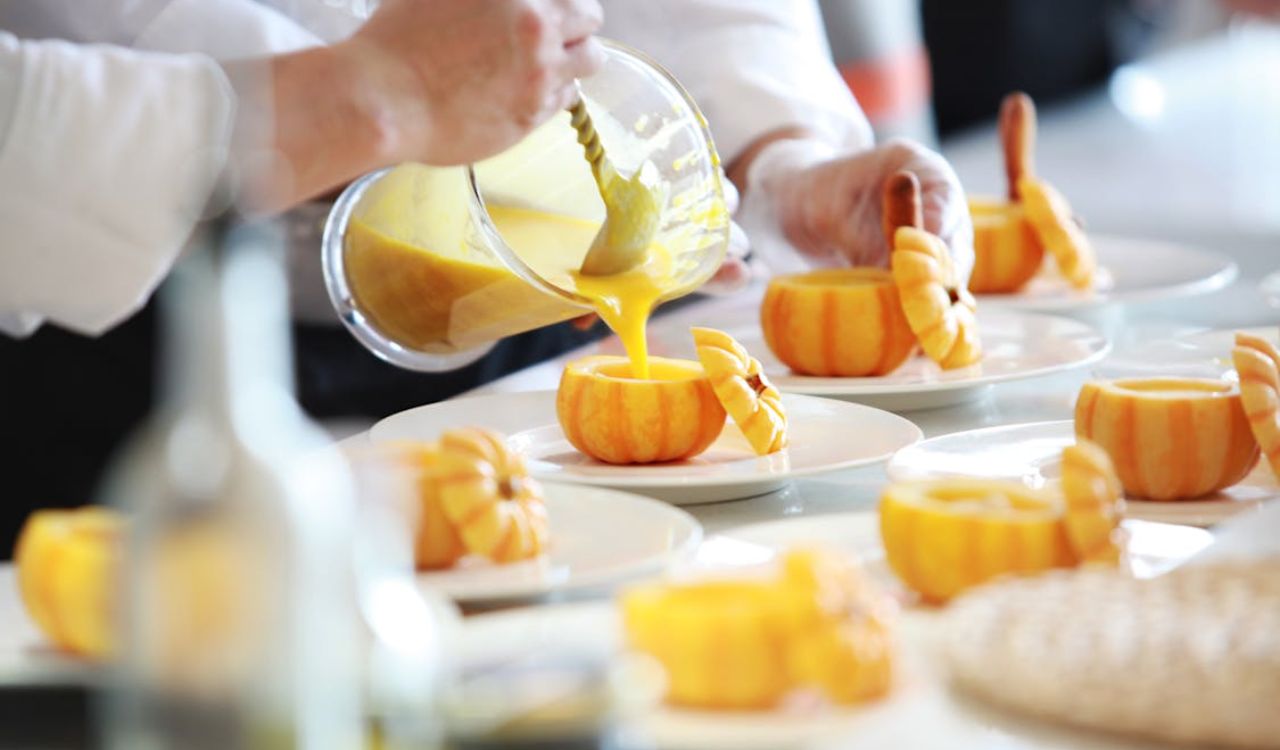11 Overlooked Vegetables That Taste Amazing When Cooked Right
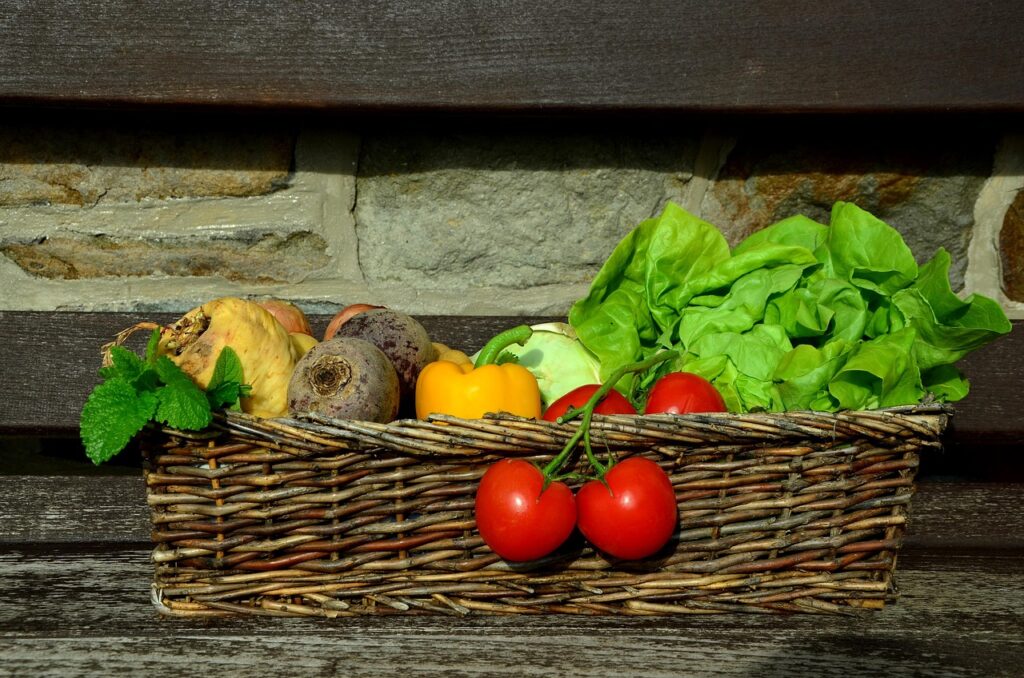
Some vegetables don’t get the attention they deserve. They sit in the produce aisle, overlooked while favorites get all the glory. But here’s the thing: many of these quiet contenders taste incredible when treated right. A little roasting, the right seasoning, or a clever pairing can reveal stunning flavor. If you’ve ever dismissed turnips, fennel, or even cabbage, it’s time to give them another chance; these 11 overlooked vegetables can truly shine when cooked properly.
1. Turnips
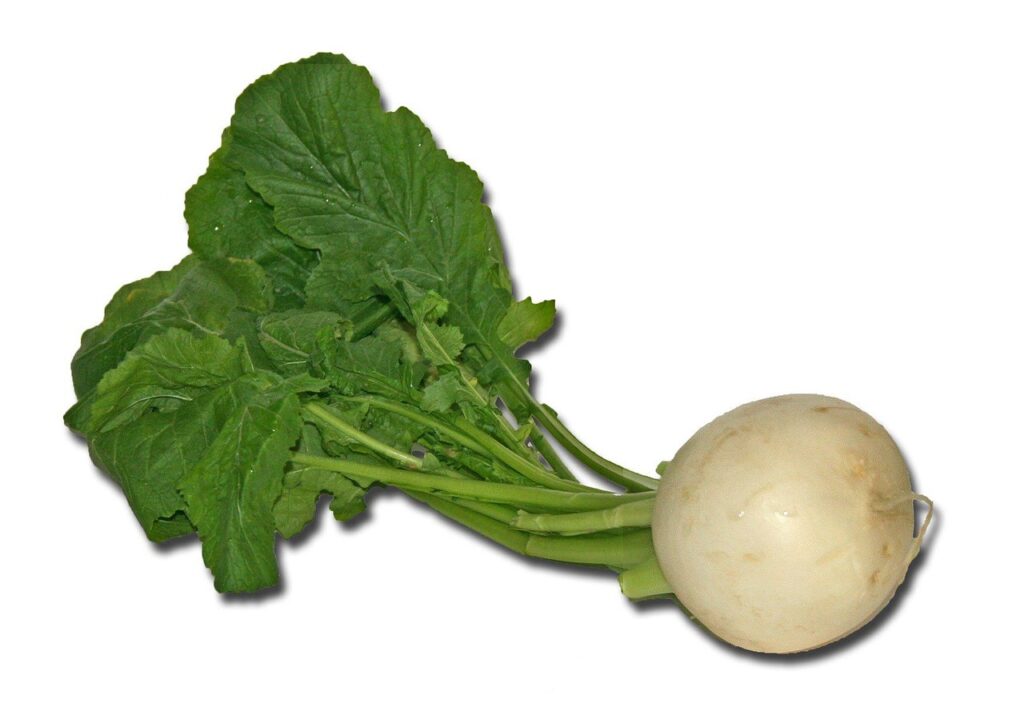
Turnips have a reputation for being bland, but that’s only if you’ve never roasted them. When cooked properly, they transform from starchy and bitter to nutty and slightly sweet. Roasting with olive oil, garlic, and a touch of honey brings out their depth, while mashing them with butter creates a lighter alternative to potatoes. You can also slice them thin and bake them into chips. Their versatility means you can use them in soups, stews, or side dishes that need a touch of earthy comfort.
2. Fennel
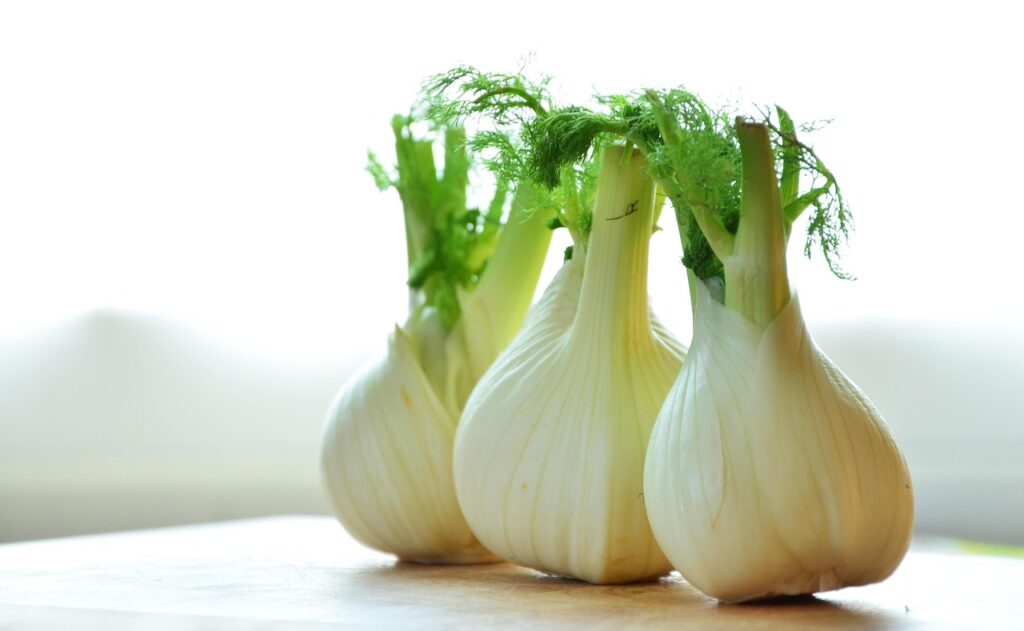
Raw fennel can taste harsh and licorice-like, which puts many people off. But when you roast or braise it, the flavor softens into something sweet, mellow, and rich. Cooked fennel pairs beautifully with seafood or citrus, and it melts down perfectly in soups or pasta sauces. You can caramelize it with onions for a subtle, complex base or grill it to bring out smoky edges. The key is slow cooking, it turns that sharpness into a buttery sweetness you’d never expect from a vegetable with such a strong personality.
3. Kohlrabi
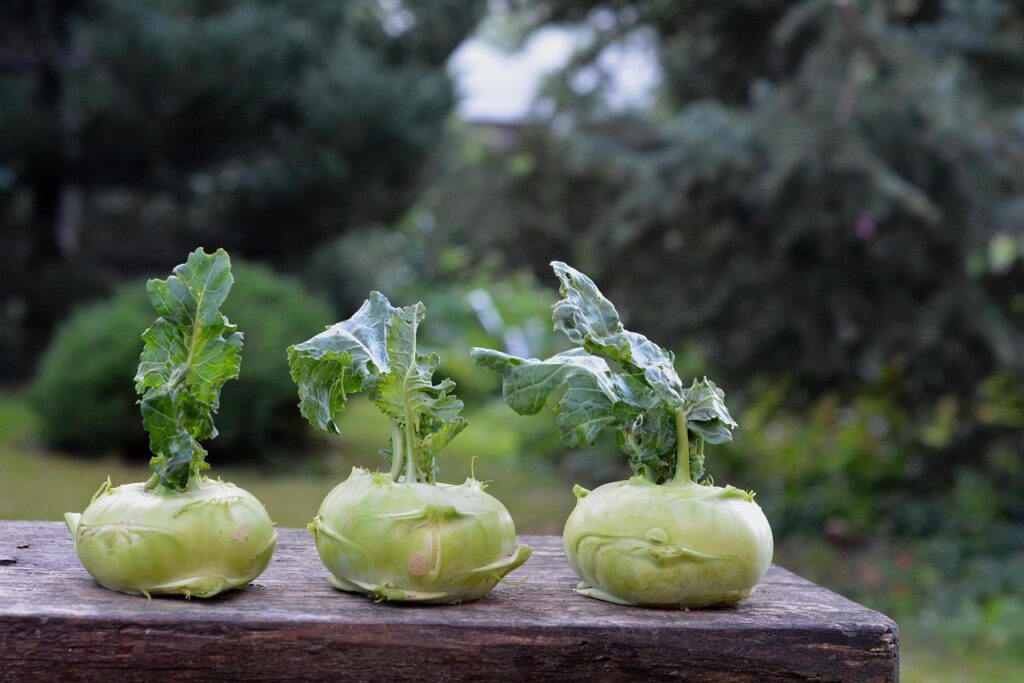
Kohlrabi looks like a vegetable from another planet, which is probably why so few people buy it. Yet when roasted or sautéed, its texture becomes tender and its taste lands somewhere between cabbage and broccoli stems. Slice it into thin rounds and roast with paprika, salt, and olive oil for crisp edges, or cube it into stir-fries for a gentle crunch. It also makes great fritters when shredded and pan-fried. Once cooked right, kohlrabi offers a mild sweetness that can easily replace potatoes or turnips in any dish.
4. Cabbage
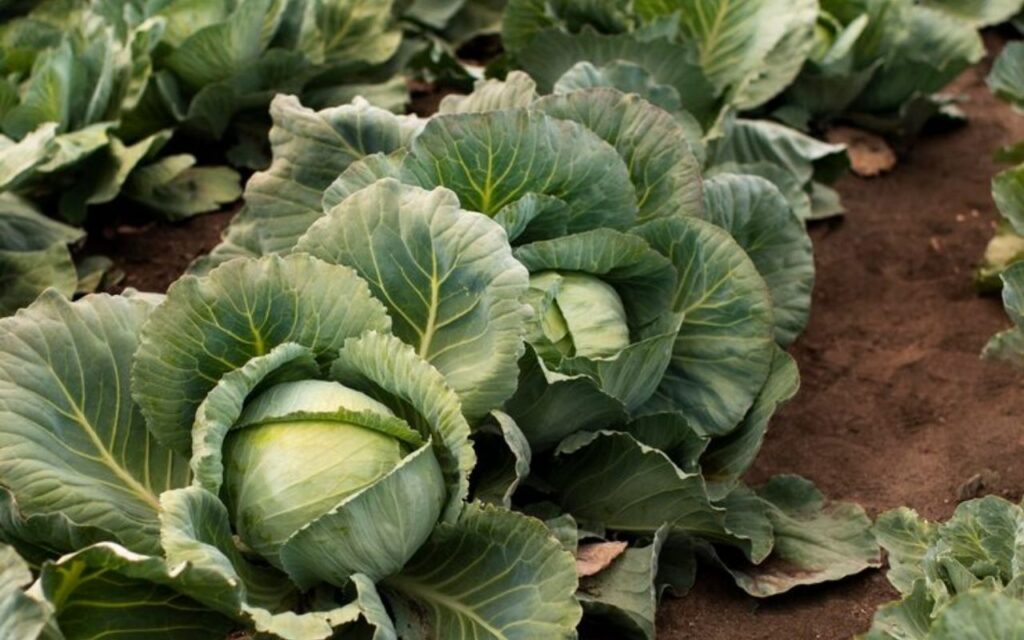
Cabbage is often boiled into oblivion, which explains its bad reputation. But when roasted or pan-seared until the edges caramelize, it becomes something entirely different: sweet, nutty, and deeply flavorful. Try cutting a head into wedges, brushing with oil, and roasting until golden. You can also sauté it with garlic and butter for a quick side or toss it into stir-fries. Cooking cabbage this way brings out a savory aroma that pairs perfectly with soy sauce, lemon, or even a touch of bacon.
5. Celery Root (Celeriac)
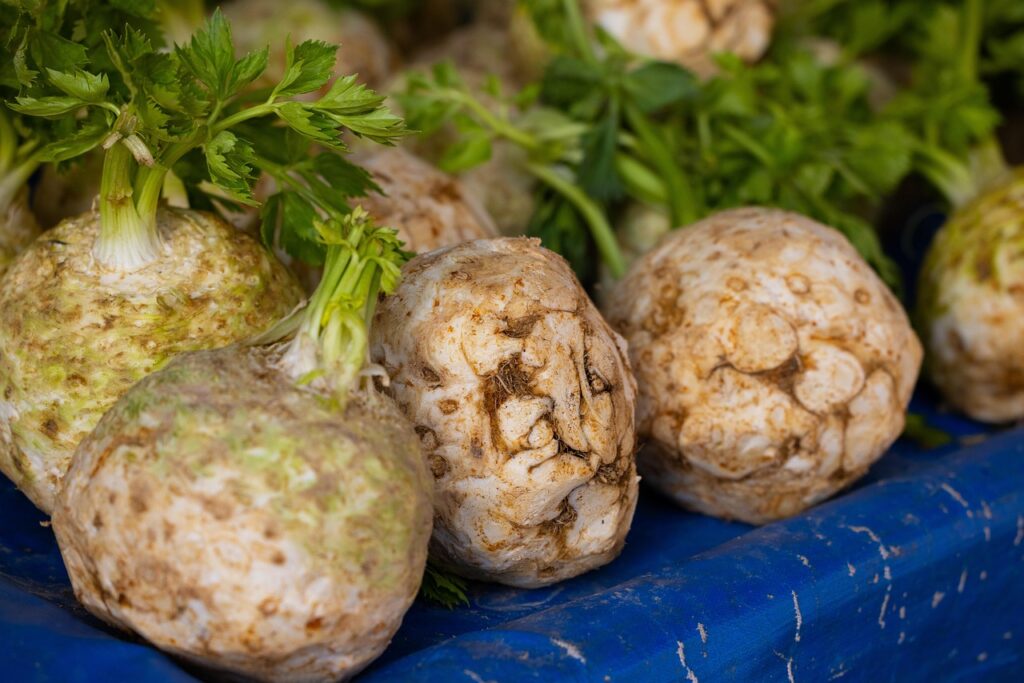
Celery root looks rough and uninviting, but beneath its knobby exterior lies a mild, nutty flavor that becomes silky when cooked. Roasted, it develops a delicate sweetness; pureed, it turns creamy and smooth, ideal for pairing with meats or seafood. Try dicing and roasting it alongside potatoes for texture contrast, or mash it with a splash of cream and butter for a lighter twist on mashed potatoes. The earthy undertones make celery root an underrated star in both rustic and refined dishes.
6. Rutabaga
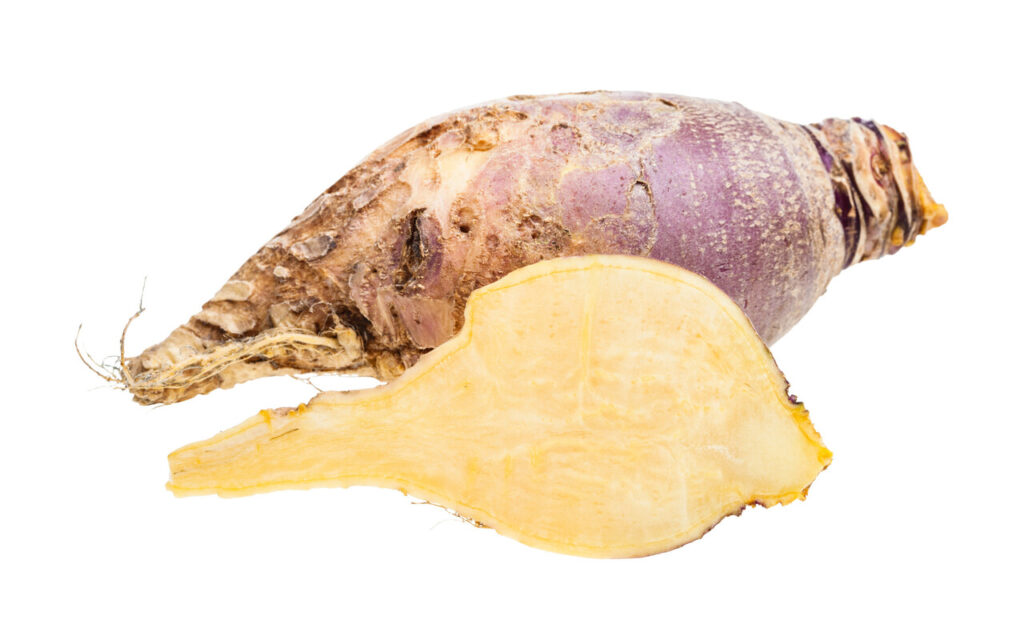
Rutabaga often gets lost between turnips and potatoes, but when roasted, it shines. The natural sugars caramelize beautifully, giving a sweet, buttery taste that’s both hearty and light. Peel and cube it, toss with olive oil and thyme, and roast until golden. It also works well in creamy soups or stews, where its smooth texture adds body. When mashed, rutabaga delivers a faintly spiced flavor, like a mix between carrots and parsnips. If you’ve only known it boiled, try roasting it once you’ll understand its quiet charm.
7. Leeks
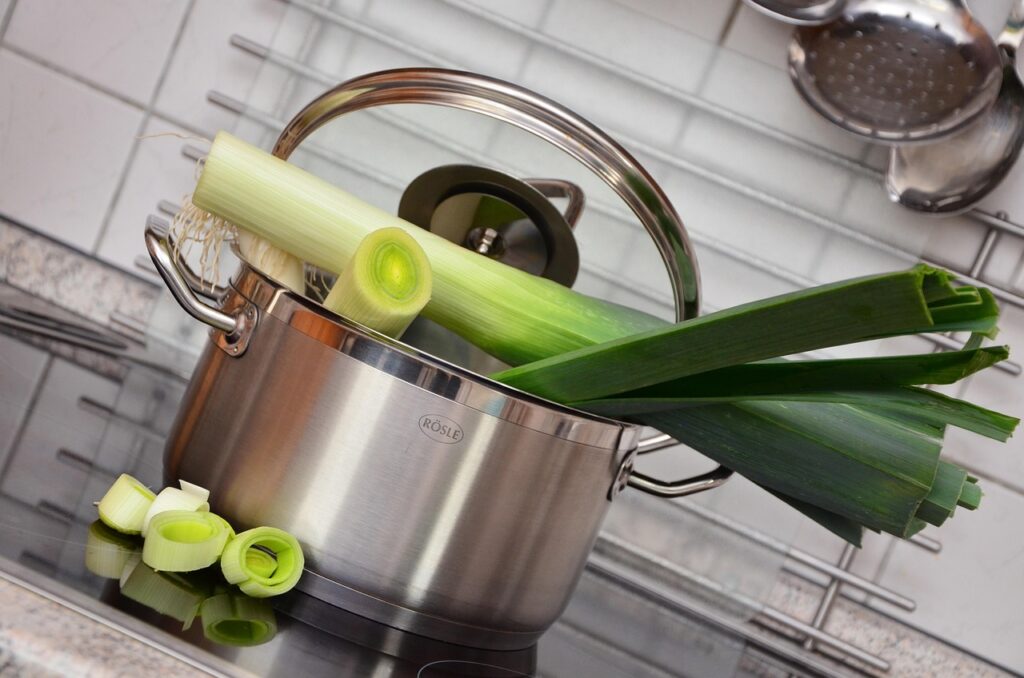
Leeks rarely take the spotlight, yet when braised or roasted, they turn velvety and sweet. They carry the gentle flavor of onions without the bite, making them ideal for soups, risottos, and side dishes. Try roasting them whole with olive oil and herbs until tender, or braising them in broth for a soft, melt-in-your-mouth texture. Their subtle flavor pairs beautifully with lemon, cream, or even cheese. Cooking leeks properly unlocks a mild sweetness that feels both comforting and elegant.
8. Parsnips
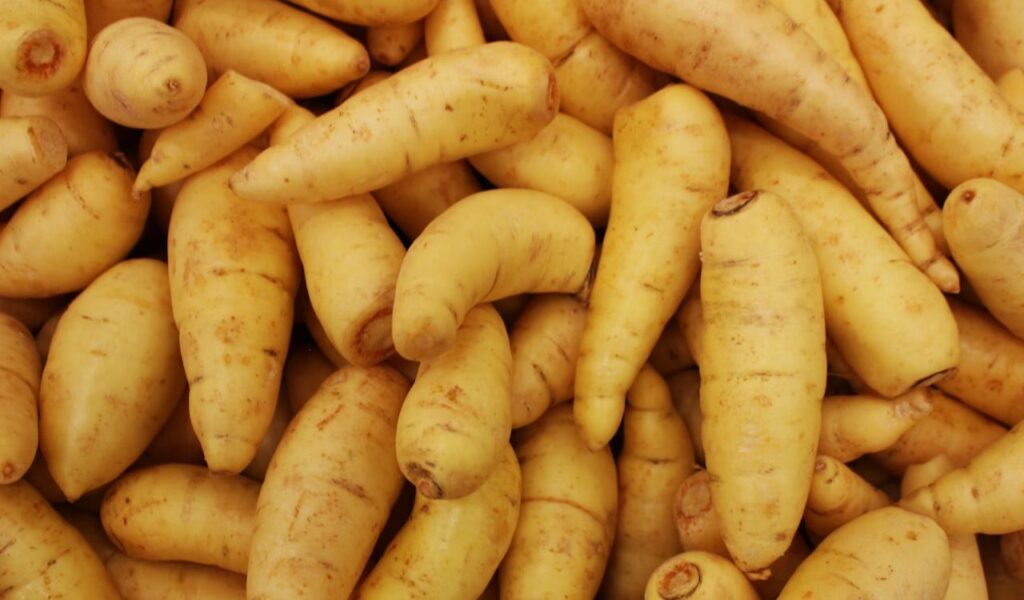
Parsnips look like pale carrots and often get ignored for it, but roasting them reveals a deep, honeyed sweetness. They caramelize easily, creating crisp edges and soft centers. Toss them with a little butter and thyme or puree them with cream for a silky mash. Their flavor holds up well in soups and stews, adding natural sweetness without needing sugar. If you’ve never tried roasted parsnips fresh from the oven, they’ll change how you think about root vegetables entirely.
9. Radishes
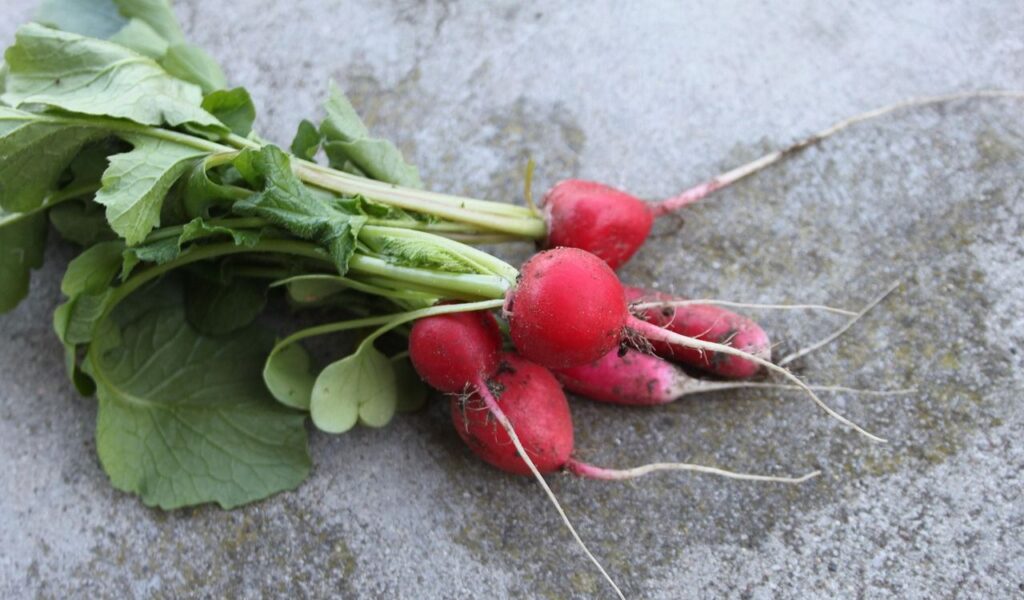
Raw radishes are sharp and peppery, but when roasted, they mellow into something surprisingly mild and juicy. The heat brings out a subtle sweetness that pairs perfectly with butter and herbs. You can roast them alongside carrots and potatoes or sauté them in a hot pan until golden. Their texture becomes tender yet crisp, and they lose that harsh bite many people dislike. Cooked radishes are a revelation, especially when you finish them with lemon or a sprinkle of sea salt.
10. Beets
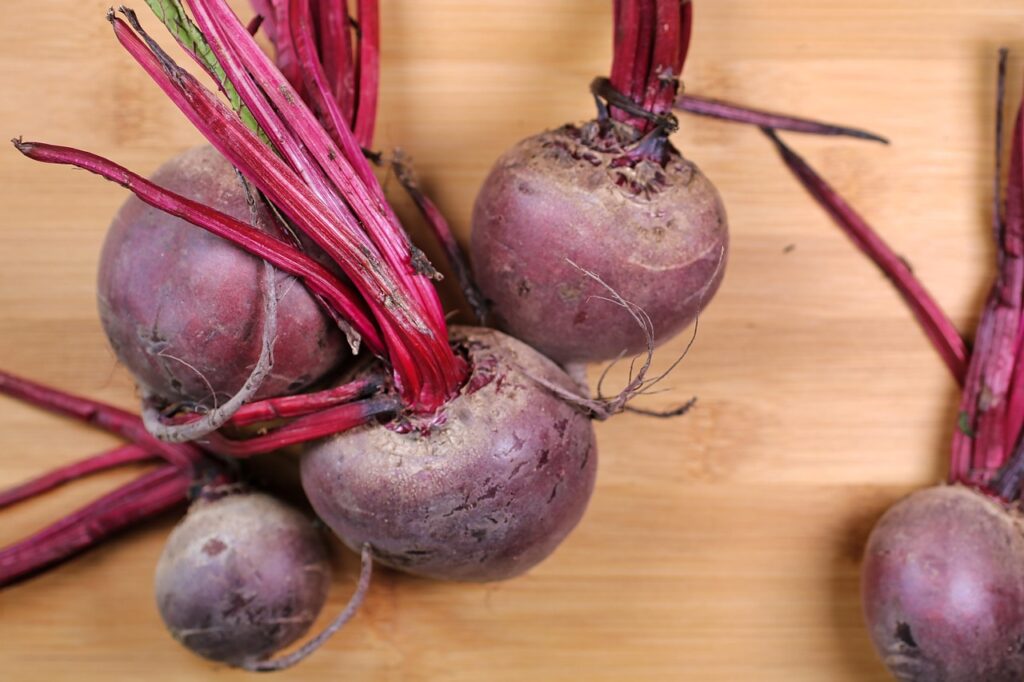
Beets intimidate people because of their earthy flavor and the mess they make, but roasting changes everything. It deepens their sweetness and turns them rich and almost fruity. Wrap them in foil, roast until tender, and toss with olive oil and balsamic vinegar. You can also slice and bake them into chips or puree them into soups. Their natural sugars shine when cooked properly, making them a perfect side for meats or grains. Don’t skip the golden or striped varieties; they’re milder and just as beautiful.
11. Brussels Sprouts
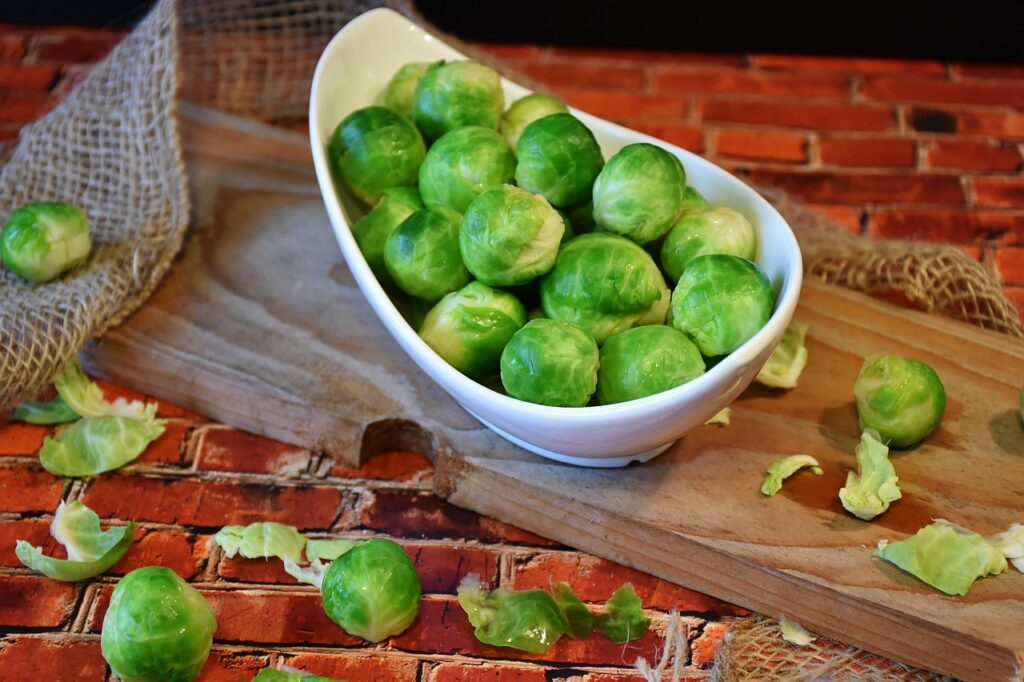
Brussels sprouts used to be the poster child for overcooked vegetables, but when roasted or pan-seared, they become crisp, caramelized, and full of flavor. The outer leaves turn crunchy while the centers stay tender. Toss them with olive oil, salt, and a touch of maple syrup or balsamic for a balance of sweet and savory. You can also shred and sauté them for a quick slaw. When cooked right, Brussels sprouts lose their bitterness and become addictive, even for skeptics.



